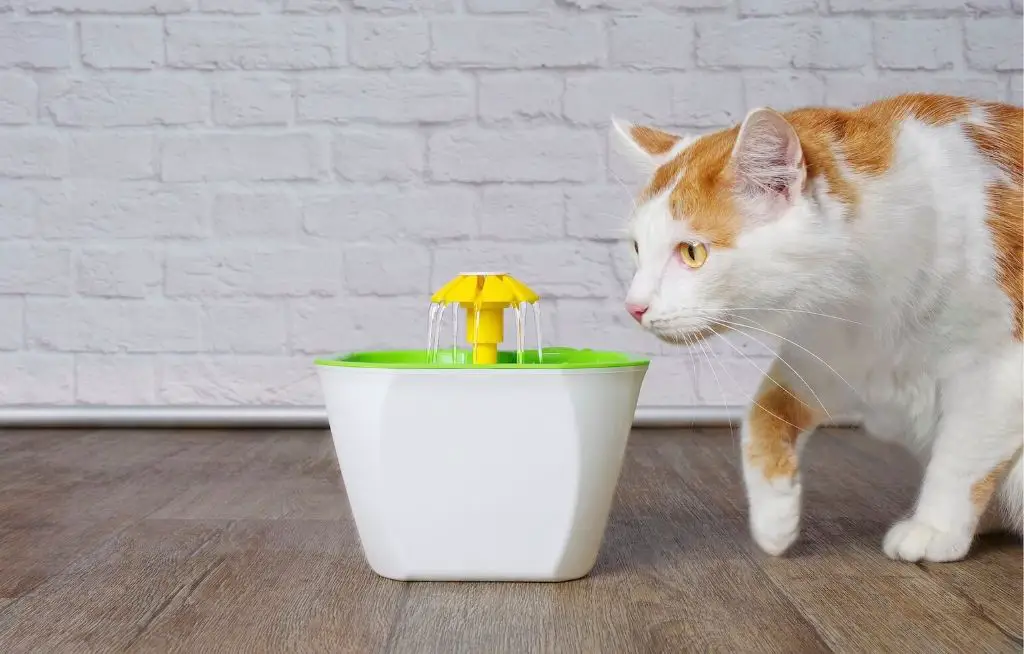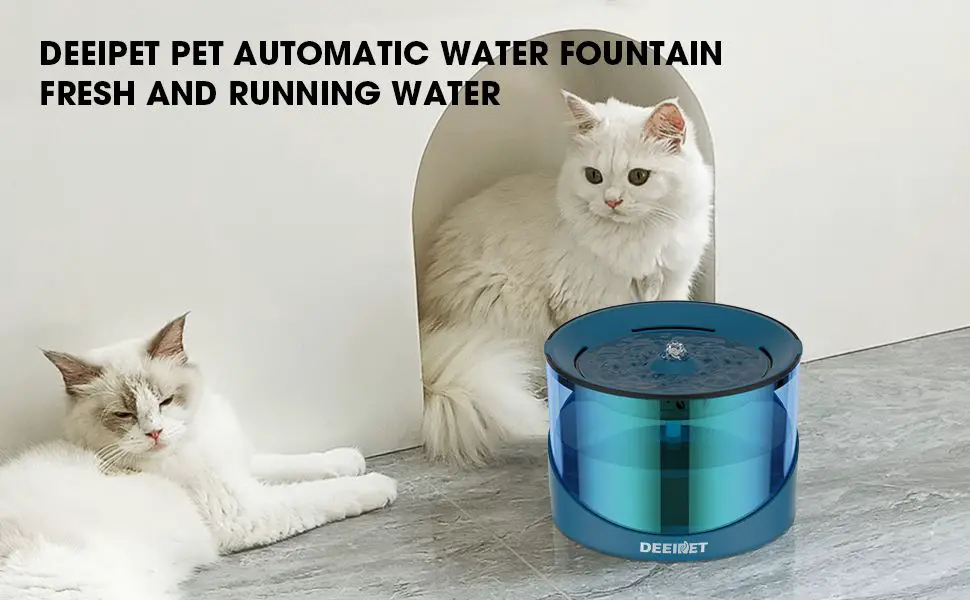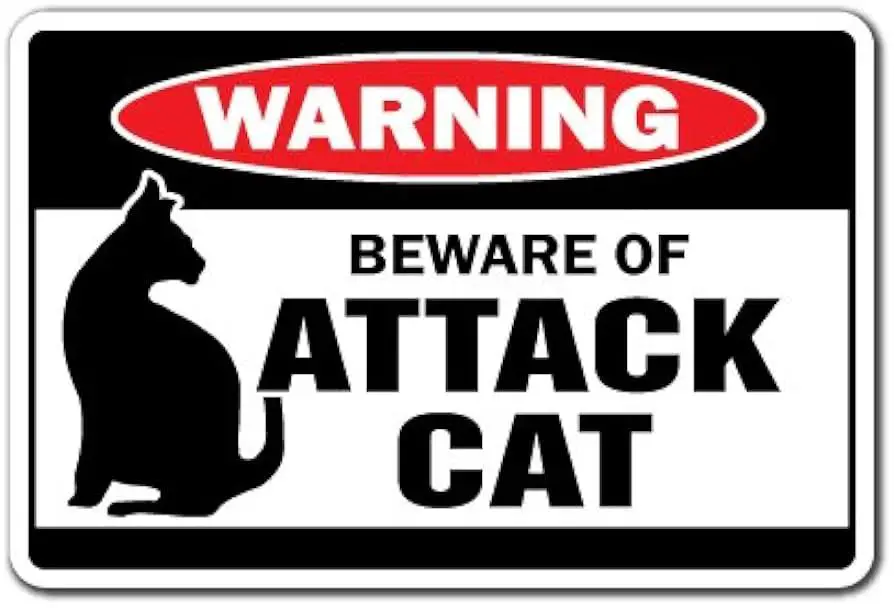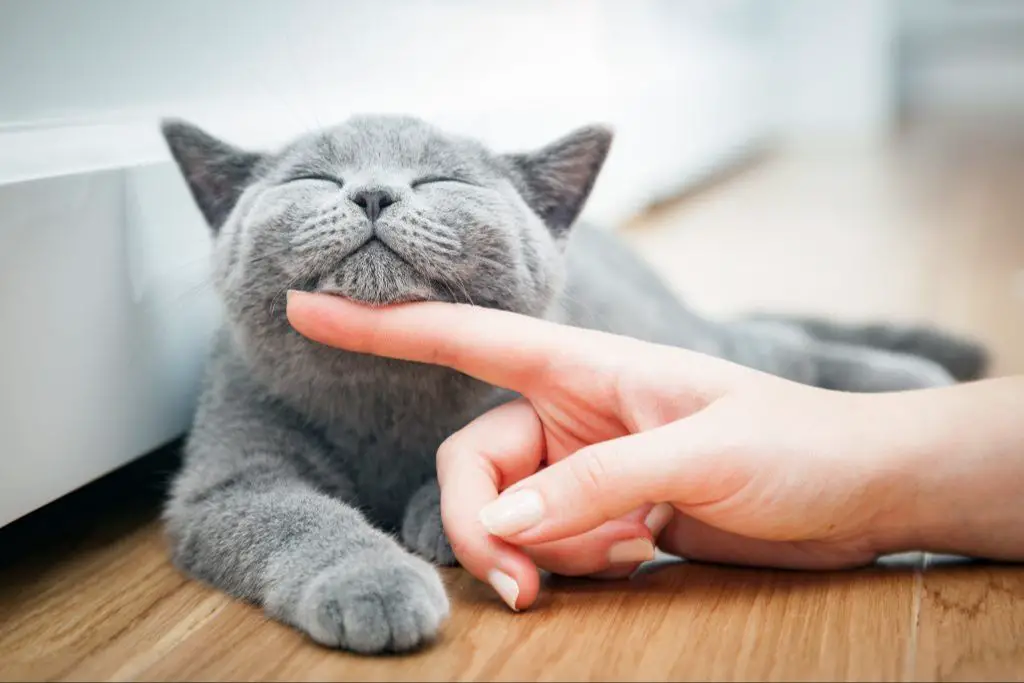Cat water fountains have become increasingly popular in recent years as pet owners seek out ways to encourage their cats to drink more water. Unlike a still water bowl, fountains continually cycle and filter water, providing cats with a steady stream that entices them to drink. The flowing motion satisfies cats’ natural instinct to drink from moving water sources.
The main benefits of cat water fountains are promoting hydration, curbing urinary tract issues, and preventing kidney disease. Maintaining adequate hydration is critical for cats’ health and wellbeing. With fountains, pet owners don’t need to constantly refresh and refill water bowls. The filtered, circulating water stays fresher for longer than stagnant water, making fountains more hygienic and appealing to even the most finicky cats. Overall, cat fountains can lead to improved urinary tract health, kidney function, and hydration.
How Cat Water Fountains Work

Cat water fountains continuously circulate water, providing pets with a fresh supply unlike standing water that can become stagnant. The fountain features a pump that draws water into a chamber through a screen and out through a spout where it cascades into the basin. This circulating action aerates the water with oxygen, helping it stay fresher for longer. Many fountains also include replaceable charcoal filters that remove bad tastes and odors.
The constant circulation and filtration creates an appealing environment for cats to drink. The flowing sound and stream entice them to drink more often. Studies show cat fountains generally increase water consumption over bowls, helping pets stay optimally hydrated. Dehydration is a common problem for cats, so fountains can improve their health. Fountains with filters ensure the water tastes pleasant and lacks impurities that may cause cats to avoid drinking.
Benefits of Cat Water Fountains
According to the American Society for the Prevention of Cruelty to Animals (ASPCA) and Cat Hospital of Raleigh, cat water fountains provide several benefits for cats, including encouraging more water intake to prevent dehydration and urinary tract infections.
Cats tend to prefer moving water over stagnant water. The sound and movement of fountains entices cats to drink more frequently (source). This increased water consumption helps support kidney function and prevent kidney and urinary tract diseases.
The constantly circulating water in fountains also means the water stays cooler and fresher. Cats are picky about drinking warm or stale water, so fountains provide a refreshing source of hydration.
In addition, many fountains filter the water to remove odors, tastes, and particulates that may cause a cat to reject the water. The filtration creates cleaner, better tasting water that cats are more inclined to drink (source).
By encouraging cats to drink more, fountains can help prevent serious urinary tract infections and kidney problems. Keeping cats well hydrated with fountain water improves overall health.
Considerations When Choosing a Fountain

When selecting a cat water fountain, there are a few key factors to consider:
Material
The material the fountain is made from is important for safety and hygiene. Plastic fountains can harbor bacteria, so ceramic or stainless steel are better options. Ceramic and stainless steel are also more durable choices.
Size
Choose a fountain that is an appropriate size for your cat(s). Larger fountains hold more water and may be better for multi-cat households. Make sure the fountain is not too large or heavy to easily clean and refill. The ideal size will have enough capacity for your cat’s needs while still being manageable.
Number of Cats
If you have multiple cats, opt for a larger fountain with more drinking areas or spouts. This will allow all your cats to easily access fresh water without having to share or wait their turn at a single spout.
Placement and Maintenance
Proper placement and regular cleaning are crucial for keeping your cat water fountain safe and hygienic. Here are some tips:
Location Tips
Place the fountain in an easily accessible area for your cat, but avoid high-traffic zones where it could get knocked over. Keep it elevated off the floor and away from food bowls to prevent contamination. Make sure the cord is out of reach and there is space around the fountain for cleaning.
Cats prefer water sources away from their food and litter boxes, so putting the fountain in a separate room is ideal. Provide multiple fountains around your home so your cat always has access.
Cleaning Frequency
Fountains should be thoroughly scrubbed weekly using hot water and pet-safe cleanser to prevent buildup of biofilm and bacteria [1]. Disinfect all parts including the pump, tubing, and filters.
Daily maintenance involves topping off water, wiping the fountain exterior, and inspecting for debris. The filter media should be swapped out every 2-4 weeks depending on usage.
Completely change the water at least every 3-4 days. More frequent full water changes may be needed for multiple cat households.
Replacing Filters
Only use replacement filters designed for your specific fountain model. Follow instructions for properly installing and priming new filters before use. Buy filters in bulk for convenience.
Rinse pre-filters weekly and replace monthly. For activated charcoal filters, replace every 6-8 weeks. Consider the needs of your home when determining optimal filter replacement frequency.
Common Safety Concerns
While cat water fountains can provide many health benefits for cats, there are some potential safety concerns pet owners should be aware of:

Bacteria Buildup
As with any water bowl or fountain, bacteria can build up over time. Plastic materials in particular can develop scratches where bacteria can grow more easily (source). To prevent this, it’s important to clean the fountain thoroughly and replace filters regularly according to manufacturer instructions.
Electrical Hazards
Electric pump cat fountains do carry a minimal risk of electrocution. Be sure to purchase a fountain from a reputable company that follows safety standards. Do not place the cord where cats can chew through it, and keep the fountain away from areas the cat could potentially knock it into water (source).
Choking Hazards
Some fountain designs may have small removable parts that could present a choking risk if cats swallow them. Closely supervise cats when first introducing a fountain and discontinue use if they try to chew or play with small parts.
Choosing a High Quality Fountain
When selecting a cat water fountain, it’s important to choose one that is well-made and designed to last. Look for fountains constructed from durable materials like ceramic, stainless steel, or BPA-free plastic. Avoid cheap plastic models that could easily crack or breed bacteria. A high quality fountain should have a sturdy basin that won’t tip over and can withstand daily use.
The filtration system is also key. A good cat fountain will include a replaceable charcoal filter to remove bad tastes and odors. Multi-stage filtration systems with pre-filters, activated carbon, and ion exchange resin provide the best purification. Replacement filters should be readily available from the manufacturer. The fountain should also have an easy access design that allows you to quickly clean and replace the filter as needed.
Ease of cleaning is another sign of a good cat water fountain. All fountains require regular cleaning to prevent slime, but some models have parts that can go in the dishwasher or don’t require full disassembly. Look for fountains with few nooks and crannies where bacteria could build up. The water basin should lift out for quick scrubbing. Any parts that touch water should be removable and made of nonporous materials that won’t trap grime.
When researching cat fountains, look for brands known for quality construction and materials. Read product reviews to confirm the fountain is easy to maintain over time. Investing in a higher priced fountain from a reputable company will often save headaches compared to cheaply made models.
Sources:
https://www.goodhousekeeping.com/life/pets/g43612600/best-water-fountain-for-cats/
https://www.nytimes.com/wirecutter/reviews/best-water-fountain-for-cats-and-dogs/
Top Recommended Cat Fountains
When looking for a quality cat water fountain, these products consistently rise to the top in reviews and recommendations:
Catit Flower Fountain
The Catit Flower Fountain is a top choice for its affordable price, quiet operation, and easy-to-clean design. The flower pedal dishes prevent splashing while providing fresh flowing water. Pros: filters help keep water clean, flower design appeals to cats, affordable price point. Cons: plastic construction, reports of motor issues over time.
Pioneer Pet Raindrop Fountain
With its stainless steel design, the Pioneer Pet Raindrop Fountain is an attractive and durable option. The raindrop stream entices picky drinkers. Pros: stainless steel is easy to clean and durable, raised design minimizes splashing, replaceable charcoal filter. Cons: on the pricier side, challenging to thoroughly clean all areas.
PetSafe Drinkwell Pagoda
The ceramic PetSafe Drinkwell Pagoda fountain has an oriental flair cats love. Dual free-falling streams keep water oxygenated. Pros: durable ceramic construction, dual adjustable streams, dishwasher safe. Cons: heavy to move around, easily tipped over by cats.
Transitioning Your Cat
Getting cats adjusted to a new cat water fountain can take some time and patience. Here are some tips to help transition your cat:
Be patient. Cats can be wary of changes and new objects in their environment. Don’t force your cat to use the fountain right away. Let them investigate it and get used to having it around before expecting them to drink from it.
Keep the fountain off at first. Having the fountain turned off and silent will be less intimidating for your cat initially. Once they seem comfortable around it, turn it on the lowest flow setting.
Try treats as positive reinforcement. Place some treats around the fountain to create a positive association with it. Praise and reward your cat for any interest they show in the fountain.
Add catnip. Rubbing some catnip on the fountain can make it more enticing and attractive to your cat.
Move it near their food. Cats often drink water near their food bowls. Keep the fountain close to their feeding area to make it convenient.
Be consistent. Stick with the fountain and keep it clean and filled. Eventually, your cat will get used to having fresh flowing water available.
With time and positive reinforcement, most cats will transition to using and enjoying their new water fountain!
Conclusion

In summary, cat water fountains provide a number of benefits for feline health and wellbeing. The circulating water encourages cats to drink more, which can help with urinary and kidney problems. Fountains also filter the water to remove impurities, provide hydration, and prevent bacteria buildup. For cat owners, fountains make it easier to monitor water intake and ensure freshness.
The main benefits for cat health include: improved kidney function from increased hydration; reduced risk of FLUTD and urinary crystals from ample water consumption; lower chance of dehydration, especially for senior cats or those fed dry food; filtered, oxygenated water for taste and purity; and the prevention of bacterial growth that still bowls can harbor.
Overall, the vast majority of evidence indicates that a cat fountain is a safe and healthy investment for your feline friend. With proper maintenance and cleaning, fountains can greatly improve a cat’s quality of life. Be sure to monitor your cat’s usage at first and transition them slowly to get the most benefits. As long as you choose a high quality fountain and follow safety precautions, your cat will enjoy cleaner, fresher water for many years.

